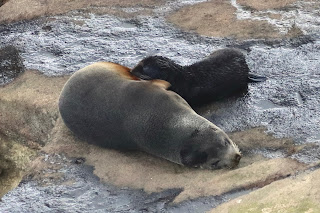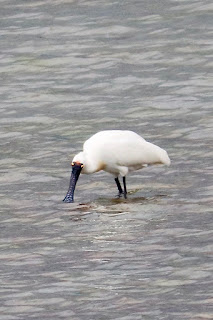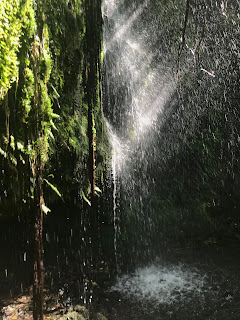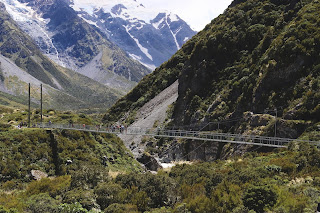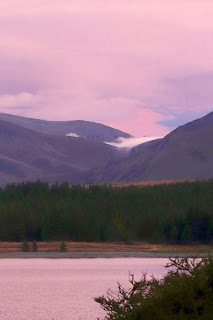Our final adventure in New Zealand took us to Arthurs Pass, a magical, almost primordial place. This pass over the Southern Alps connects the east and west side of the South Island. Though the Maori discovered and walked the pass for generations, building the road and railroad through the Alps was a very challenging job. The final piece of the railway, the Otira Tunnel, opened in 1923. It is more than 8.5 km (5.3 miles) long with a steep grade of 1:33 and took 16 years to complete.
Though the drive and train ride through the pass are gorgeous, it is the hiking that is really mind-blowing. Tall beech trees tower over steep, rocky paths sunk between moss covered boulders, ferns, and all kinds of rare and exotic shrubs. There is water everywhere, running down the trail, dripping from the side of a pebbly bank, or falling for metres down a sheer rock face.
We did three hikes while in the pass, the Millennium Walk, Arthurs Pass Walking Track, and part of the Bealey Track. I hope my pictures give you a least a small sense of the primeval beauty of this place.
Arthurs Pass Walking Track
Avalanche Creek Falls
Beech Trunk and Moss
Unnamed waterfall
Moss - so many amazing varieties
Mossy path through the beech trunks
Devil's Punchbowl Falls









